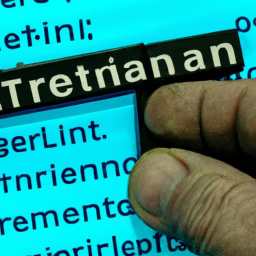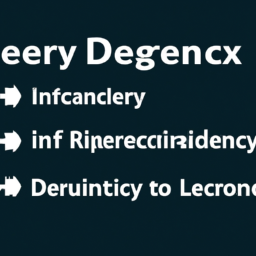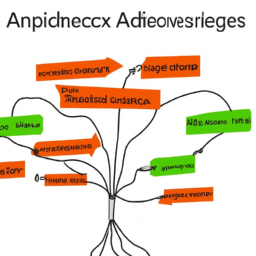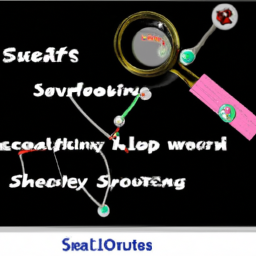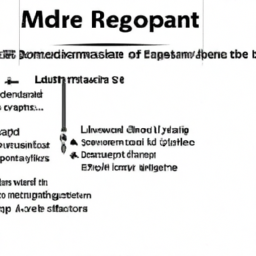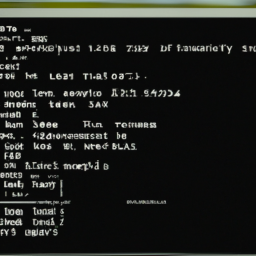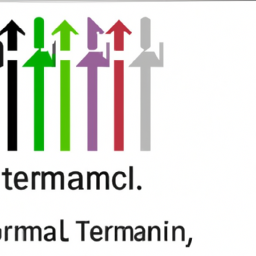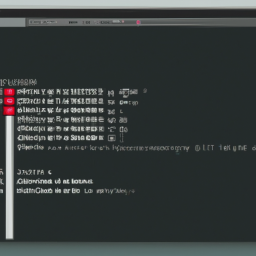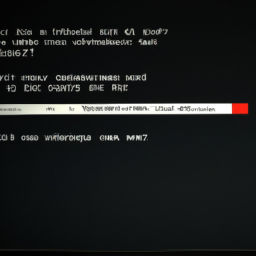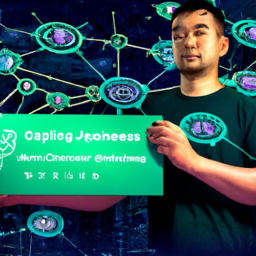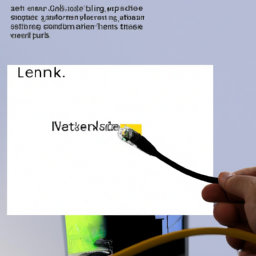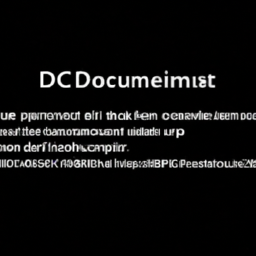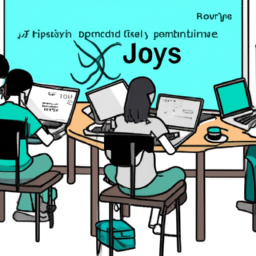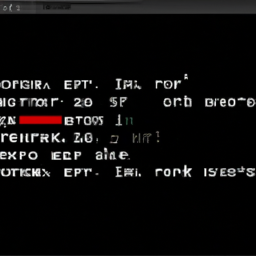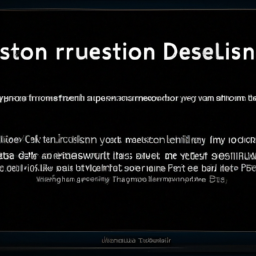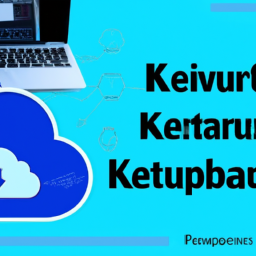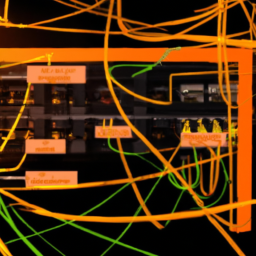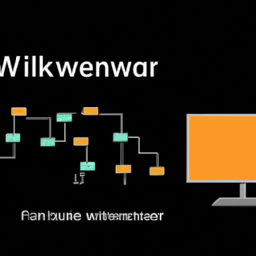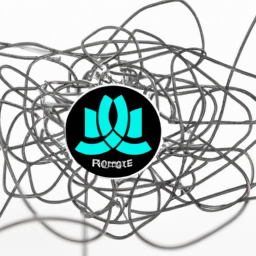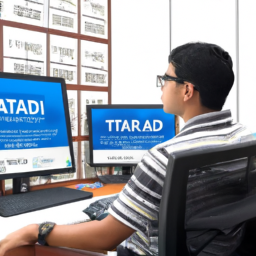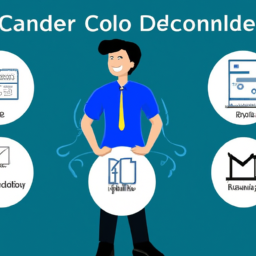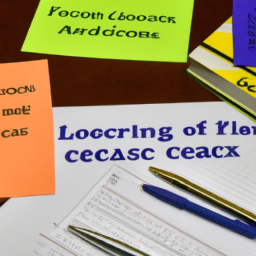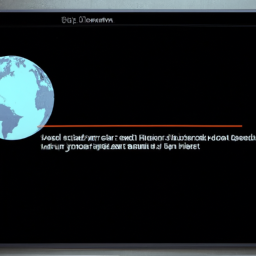Are you tired of stumbling upon outdated dependency errors while working with Linux? Don’t let these errors slow you down! They’re like hidden landmines that can cripple your system’s stability and functionality.
But fear not, because in this article, we will equip you with the best practices and tools to fix these outdated dependency errors efficiently.
Like a skilled detective hunting down clues, you need to understand the importance of dependency management. Updating your package manager is the first step in staying ahead of the game. But that’s not all!
You’ll also learn how to utilize dependency management tools like a pro. These tools will help you identify and resolve any conflicts that arise.
Furthermore, we’ll guide you on removing unused dependencies, decluttering your system, and improving its performance.
And if you want to take your Linux game to the next level, we’ll show you how to automate dependency updates, saving you precious time and effort.
So, get ready to conquer those outdated dependency errors and take control of your Linux system like a true master!
Key Takeaways
- Updating the package manager is the first step in dependency management.
- Dependency management tools help identify and resolve conflicts.
- Removing unused dependencies improves system performance.
- Automating dependency updates saves time and effort.
Understand the Importance of Dependency Management
You need to understand the importance of dependency management to avoid frustrating and time-consuming issues with outdated dependencies in your Linux system.
Outdated dependencies can have a significant impact on system performance. When a dependency becomes outdated, it may not be compatible with the latest software updates or may have security vulnerabilities. This can lead to crashes, errors, and overall decreased system performance.
To handle legacy dependencies in Linux environments, there are strategies you can employ. These include using package managers that support backward compatibility, manually updating dependencies when necessary, and leveraging tools that automate the process of identifying and resolving outdated dependencies.
Updating your package manager is an essential step in maintaining a healthy Linux system and ensuring that your dependencies are up to date.
Update Your Package Manager
Start by smoothing out the wrinkles in your package manager. This ensures a smoother and more efficient process of updating your dependencies. Troubleshooting common package manager errors is crucial in maintaining a stable and updated system.
Here are some tips to optimize package installations for specific Linux distributions:
- Understand the package manager’s architecture and commands specific to your distribution.
- Regularly update your package manager to ensure you have the latest bug fixes and improvements.
- Clean up old and unused packages to free up disk space and prevent potential conflicts.
- Use package signing and verification to ensure the authenticity and integrity of installed packages.
By following these best practices, you can avoid common dependency errors and ensure a more stable and secure system.
Transitioning into the subsequent section about utilizing dependency management tools, you can further enhance your package management process.
Utilize Dependency Management Tools
Enhance your package management experience with powerful tools that simplify the management of dependencies and make your system more efficient and reliable. Dependency management tools play a crucial role in resolving outdated dependency errors in Linux. These tools provide various dependency resolution strategies, such as automatic conflict resolution and version constraint handling.
By utilizing these tools, you can easily track and manage dependencies, ensuring that your system is up-to-date and secure. Outdated dependencies can have a significant impact on system security, leaving your system vulnerable to potential attacks. Dependency management tools help you identify and update outdated dependencies, minimizing security risks. These tools also ensure that dependencies are compatible with each other, preventing conflicts that could lead to system instability.
Transitioning into the subsequent section about resolving dependency conflicts, it is essential to understand how these tools can help you effectively manage and resolve any conflicts that arise in your system.
Resolve Dependency Conflicts
Navigating through the tangled web of conflicting dependencies can feel like untangling a knotted rope, but fear not, for there are tools at your disposal to guide you towards a harmonious resolution.
When troubleshooting common dependency errors in Linux, it’s important to address dependency conflicts promptly. Here are some tips for avoiding dependency conflicts:
-
Utilize version constraints: Specify the acceptable versions of dependencies in your project’s configuration files to prevent incompatible versions from being installed.
-
Use package managers: Package managers like apt or yum can automatically resolve dependency conflicts by fetching the required dependencies from trusted repositories.
-
Consider containerization: Containerization tools like Docker create isolated environments, allowing you to install specific versions of dependencies without affecting the host system.
By following these best practices and using the appropriate tools, you can effectively resolve dependency conflicts and ensure a smoother Linux experience.
In the next section, we’ll explore how to remove unused dependencies to further optimize your system’s performance.
Remove Unused Dependencies
Clean up your system and optimize its performance by removing unused dependencies. Dependency scanning is the process of identifying and removing orphaned dependencies, which are dependencies that are no longer required by any installed packages.
Manual dependency removal involves manually reviewing the list of installed packages and identifying which ones are no longer needed, then manually uninstalling them. This approach allows for more control and precision, but it can be time-consuming and error-prone.
On the other hand, automated dependency removal tools can scan your system and identify unused dependencies automatically, making the process faster and more efficient. However, automated tools may occasionally remove dependencies that are still needed, leading to potential issues.
Transitioning into the next section, automating dependency updates can help ensure that your system stays up to date with the latest dependencies without the need for manual intervention.
Automate Dependency Updates
Streamline your system by scheduling automatic updates for your dependencies to ensure seamless software performance.
Streamlining dependency updates is crucial to maintain a stable and secure Linux environment. Implementing automated dependency tracking tools can help simplify this process. By automating the update process, you can save time and effort, as well as minimize the risk of outdated dependencies causing compatibility issues or vulnerabilities in your system.
Tools like apt-get, yum, or dnf can be used to schedule regular updates and ensure that the latest versions of your dependencies are installed. Additionally, using package managers like aptitude or Synaptic can provide a more user-friendly interface for managing dependencies.
Regularly updating your dependencies will help keep your system up-to-date, secure, and optimized for optimal software performance.
Frequently Asked Questions
How do I identify outdated dependencies in my Linux system?
To identify outdated dependencies on your Linux system, you can check the package versions. Use package management tools like apt, yum, or zypper to list installed packages and their versions. Compare the version numbers with the latest available releases on the package repository. Look for any discrepancies to determine if any dependencies are outdated.
Regularly updating your system with the latest packages helps ensure compatibility and security.
Are there any risks involved in updating dependencies in Linux?
When updating dependencies in Linux, there are potential risks involved. Updating dependencies can lead to compatibility issues with other software components, causing system instability or failures. Additionally, if the update introduces new bugs or vulnerabilities, it can compromise the security of your system.
Outdated dependencies, on the other hand, can cause potential issues like software incompatibility or lack of access to new features and bug fixes. Therefore, it’s important to carefully consider the risks before updating dependencies.
Can I manually update a specific dependency without updating all dependencies?
Oh, absolutely! You can manually update a specific dependency without updating all the dependencies. It’s just a piece of cake, really. Just identify the specific dependency you want to update and use the appropriate package manager command.
But hey, don’t forget the consequences of this reckless action. You might end up with incompatible versions or unresolved dependencies. So, tread carefully when managing dependencies in Linux.
What happens if I remove a dependency that is still being used by other applications?
Removing a dependency that is still being used by other applications can have potential consequences. It may lead to conflicts and errors in the applications that rely on that dependency.
To handle this situation, you should carefully evaluate the impact of removing the dependency and consider alternative solutions. One strategy is to update the dependent applications to use a different version of the dependency or find a replacement that serves the same functionality.
It’s crucial to test thoroughly to ensure the stability and compatibility of the system.
Is it possible to automate the process of updating dependencies in Linux?
Automating the process of updating dependencies in Linux brings several benefits. Package managers are valuable tools for dependency management in Linux, as they handle the installation, upgrade, and removal of software packages. They ensure that dependencies are resolved correctly and keep track of versions and updates.
However, challenges arise in automating this process due to the complexity of dependencies, conflicting versions, and potential compatibility issues. It’s crucial to carefully test and validate updates to ensure system stability and avoid breaking other applications.
Conclusion
In conclusion, by following best practices and utilizing the right tools, you can effectively fix outdated dependency errors in Linux. Updating your package manager and utilizing dependency management tools are crucial steps in this process.
Resolving conflicts and removing unused dependencies are also essential to ensure a smooth running system. Automating dependency updates is like having a personal assistant that keeps your system up-to-date, making the experience enjoyable and hassle-free.
Embrace these practices and tools to keep your Linux system in top shape.




